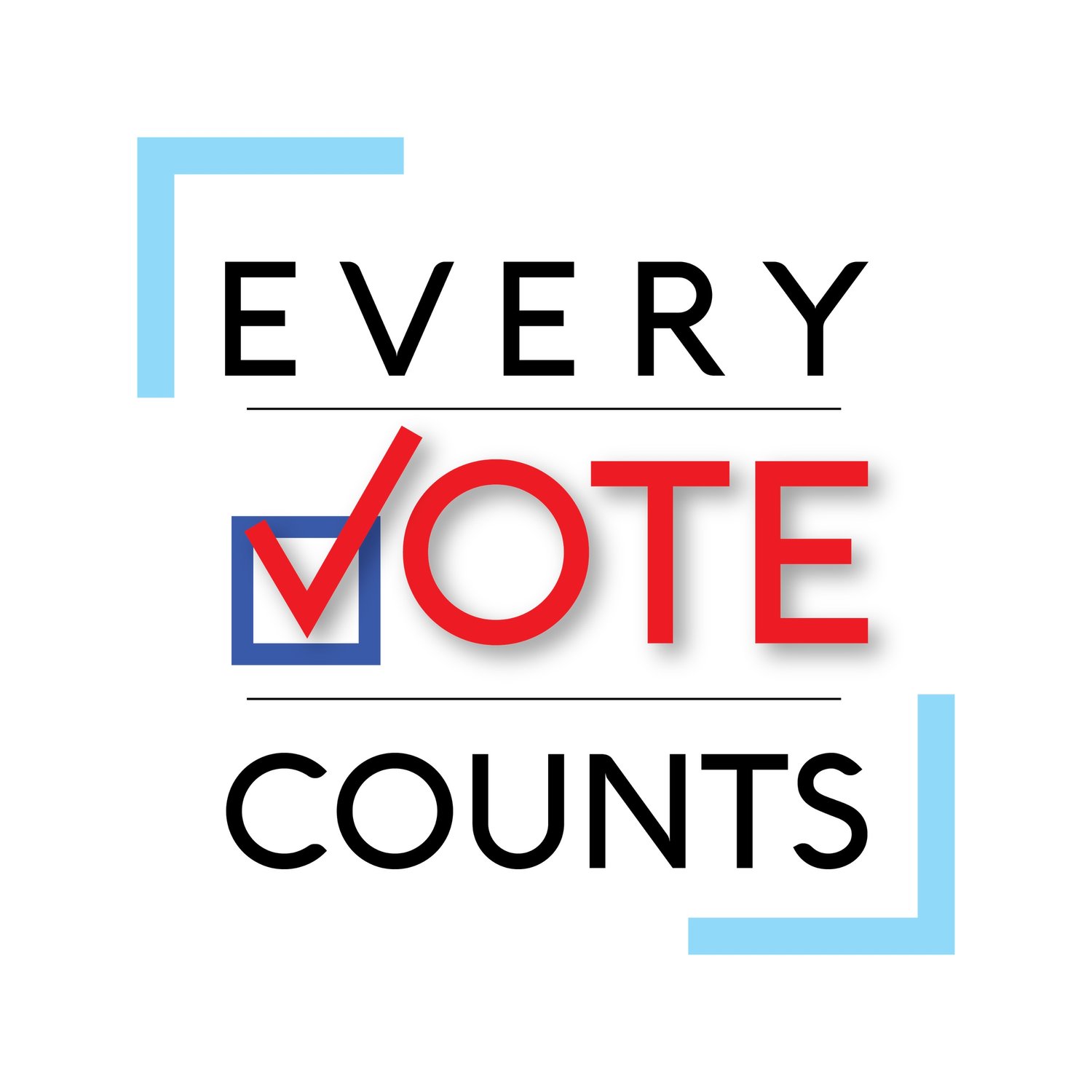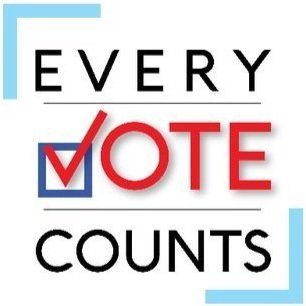Continuing The Momentum: Utilizing Student Government To Increase Civic Engagement
How student government election turnout relates to broader campus civic engagement initiatives.
By Patrick J. Mehler, Cornell Votes
In October of 2020, the president of Cornell’s Student Assembly (SA) approached me with a proposal for both myself and Cornell Votes: manage the SA’s elections. The SA acts as the student side of Cornell’s shared governance system, a side that manages millions of dollars, represents over 15,000 students, and seeks to elevate the concerns of Cornellians to the administration. I agreed to serve as the SA’s new Director of Elections (DOE) and was unanimously confirmed in February of 2021. While much more went into the setup, strategizing, and implementation than can be briefly summarized here, I hope that sharing some of the strategies for voter turnout both encourages other universities to consider investing in student government engagement and consider avenues to do so.
In being confirmed as the new DOE, I not only became one of the youngest students to do so but became the first student who was not already a member of the SA to become Director in decades.This mixture of my outsider perspective, being a sophomore, and, most importantly, helming Cornell Votes allowed me to bring new ideas and strategies to the SA’s elections that bolstered civic engagement throughout Cornell.
Before even beginning to strategize, I reformed our outdated and traditionalistic ElectionsCommittee. Unfortunately, in years past the role of DOE was pushed onto an outgoing senior who would fill the Committee with fellow SA members and other seniors. With senioritis already taking hold, the role was typically completed without serious strategy and riddled with controversies. With intentional effort, I filled the Committee with students from as diverse backgrounds as I could find. Between all four class years, seven out of the eight undergraduate colleges, transfers and first-years, cultural, intellectual, and racial backgrounds, and mixing insiders and outsiders to the SA, the Committee saw an accurate representation of Cornell for the first time in years.
In looking to increase turnout, I first looked towards recruiting students to run for SA. The SA had a serious lack of competition, with under 1/3 of all races even being contested. Between reaching out to student organizations, university offices pertinent to certain races, and direct outreach to student leaders, the Spring 2021 election saw some of the most competitive races in years; twice as many seats and twice as many races were contested in 2021 versus 2020. Accessibility and visibility of the elections became the next issue. By utilizing Cornell Votes’ status throughout campus, Cornell Votes had posters, signs, and chalking for SA elections penetrate the entire campus. Although a ban of these activities was in place due to COVID restrictions, the relationship between Cornell Votes and the Cornell administration allowed us to supersede rules in place for other organizations and promote the elections everywhere. From dining halls and dorms to COVID testing sites, students were able to scan a QR code to vote from anywhere around campus. To further promote visibility of the elections, Cornell Votes also created nonpartisan voter-friendly profiles for all candidates that were shared online hundreds of times.
Debates for the SA’s eighteen positions were previously split into two sessions: one for the presidential and executive vice presidential races and another for all other roles. In hoping to increase voter participation, I split the debates into three with specific focus on the college representatives. The first debate solely encompassed the races for the college reps, following a strict schedule that allowed students from their colleges to come only for their fifteen-minute slot and not waste time watching races they could not vote in. The second debate allowed a stronger focus on the candidates running for special at-large roles, such as students with disabilities, international, and minority students liaisons. The final debate with the presidential and executive vice presidential candidates rounded all them all out. With a new format and intentional splitting up of the events, these three successful debates saw the highest turnout by voters in years.
For generating higher voter turnout, these months’ worth of preparation allowed Cornell Votes and myself to sit back for the most part. With a final reaching out to hundreds of student organizations, multiple campus-wide emails, and reaching tens of thousands of students through social media in the final three days of voting, Cornell’s SA elections successfully concluded. We saw an increase of 33% in voter turnout, twice as many races and seats contested, and over 75% of newly elected members being brand new to student government.
The success of managing these student elections has been exceptionally beneficial to CornellVotes’ efforts in continuing the momentum beyond the national 2020 election. With hard data defending the success of our efforts, Cornell Votes continues to be the central hub of civic engagement at the university and persists in its efforts to involve the whole campus in civic engagement. Our next moves include registering all first-year students during move-in and orientation, working towards an on-campus polling site, and having election day be recognized as a school holiday. All of these goals are soon to become a reality because of our proven dedication to civic engagement at every level, from the President of the United States to the President of the SA.
The full report on Cornell SA’s 2021 Elections can be found here. Please email Patrick via pjm344@cornell.edu for any questions about this post or how to work with your student government!
Patrick J. Mehler is a junior in the New York State School of Industrial and Labor Relations at Cornell University with minors in Leadership and Law & Society and concentrations in alternative dispute resolution. He serves as a co-founder of and as the inaugural President of Cornell Votes, as the Director of Elections for the Cornell Student Assembly, and as the Lead Andrew Goodman Foundation Ambassador at Cornell University. Beyond his involvement with civic engagement, Patrick can be found everywhere throughout Cornell’s campus from overseeing all club sports as the Club Sports Council’s President to teaching restorative dispute practices as the Scheinman Conflict Resolution Club’s President, among other roles.

